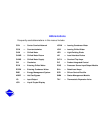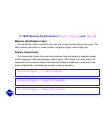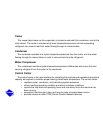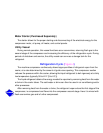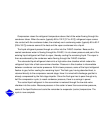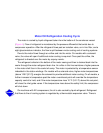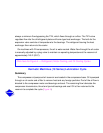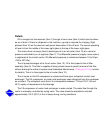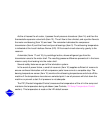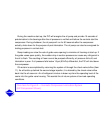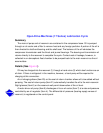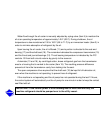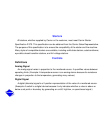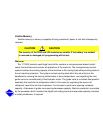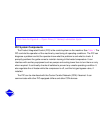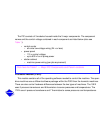
As the oil leaves the oil cooler, it passes the oil pressure transducer (Item 14) and then the
thermostatic expansion valve bulb (Item 13). The oil flow is then divided, and a portion flows to
the motor-end bearing (Item 19) and seal. The remainder lubricates the compressor
transmission (Item 2) and the thrust and journal bearings (Item 3). Thrust bearing temperature
is indicated at the Local Interface Device (LID). Oil from each circuit returns by gravity to the
reservoir.
A demister (Items 17 and 18), by centrifugal action, draws refrigerant gas from the
transmission area to the motor shell. The resulting pressure difference prevents oil in the trans-
mission cavity from leaking into the motor shell.
Several safety features are part of the lubrication system:
In the event of power failure, a small oil reservoir (Item 16) supplies sufficient oil reserve to
ensure continued lubrication until all compressor parts have come to a complete stop. The
bearing temperature sensor (Item 15) monitors thrust bearing temperatures and shuts off the
machine if the temperature rises above a selected point. Low-oil pressure will shut down the
machine or prevent a start if oil pressure is not adequate.
The PIC (Product Integrated Control) measures the temperature of the oil in the sump and
maintains the temperature during shutdown (see Controls, Oil Sump Temperature Control
section). This temperature is read on the LID default screen.



